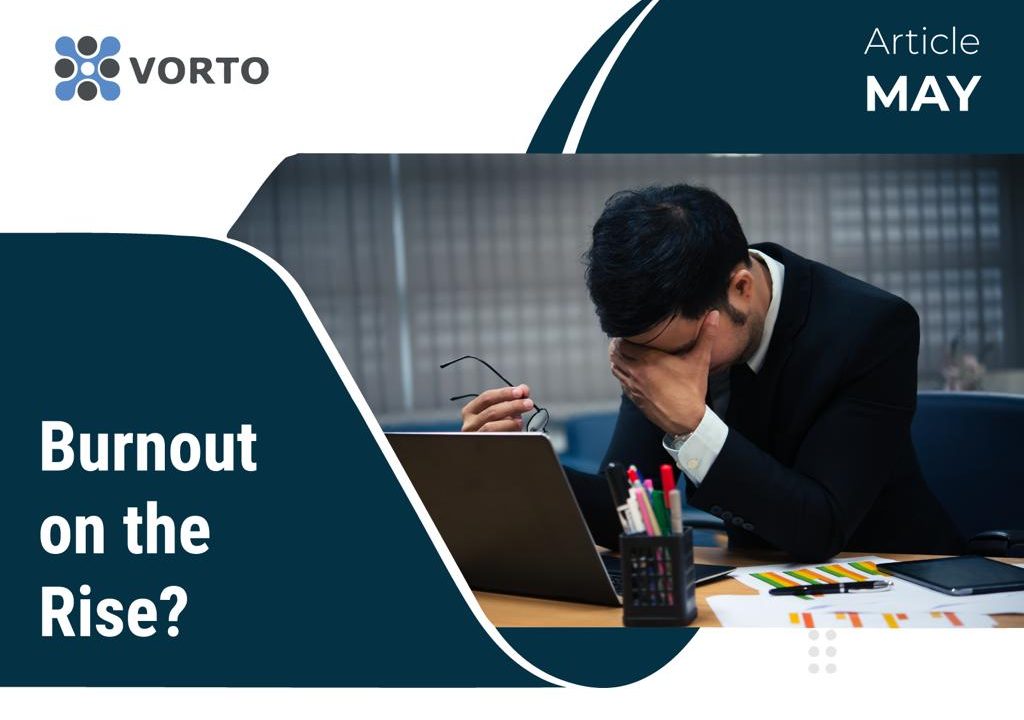The BBC recently asked the question: Is it impossible to end burnout? An article seeking to answer this statement went on to debate that workers are reporting long hours, chronic stress and exhaustion. However the BBC is not alone in its inquiry. Such questioning has risen to the surface over the last year, with PR Newswire sharing findings that ‘employee burnout is on par with levels at the height of the COVID-19 pandemic’ back in November 2022.
Global research agencies have been documenting how the rates of burnout spiked during COVID19. The BBC confirmed that one example showed that 67% of respondents in a study of 1,500 US workers experienced burnout in March 2021 due to the pandemic. US think-tank Future Forum carried out a similar survey of 10,243 global workers across the UK, France, Germany, Japan, Australia and the United States in February 2023 to confirm that 42% of participants reported burnout. It is the highest reported statistic since May 2021.
Back in 2019, The World Health Organization defined burnout syndrome as a disease that can be summarised by the ‘combination of symptoms related to work stress’. Such symptoms can include negativism, energy depletion, depression, reduced professional efficacy and cynicism towards one’s job.
So why are burnouts on the rise? Contributing factors to burnout include the rise of hybrid working, the glamorisation of overworking and hustle culture, as well as a lack of work-life balance and toxic office and company cultures.
According to the BBC, recent studies are showing that workers across the world are working an average of 9.2 hours of unpaid overtime every week. This is an increase from 7.3 hours before Covid19. An increase of such hours means that people struggle to establish boundaries and manage a work-life balance. This is often true of people who work from home, who used their former commuting time as windows for work.
Social media content and co-working posters are filled with slogans saying ‘hustle hard’ and ‘rise and grind’. Yet such attitudes can be unsustainable and only further encourage people to dedicate additional hours to work which means they can neglect taking the time to invest in their wellbeing and making such they recharge.
We can trace this modern day westernised ‘hustle culture’ back to the 1980s, whereby messages on Wall Street stated that ‘money never sleeps’. In the same era, UK Prime Minister Margaret Thatcher also said that “sleep is for wimps’’. Such attitudes fuel the idea that sleep is less important than work. However, sleep is a fundamental requirement for stress management, cognitive skills and the capacity to hold one’s attention and learn. Yet such statements nurture unhealthy attitudes to work on both a societal and cultural level. Toxic cultures at work can facilitate overworking by not giving employees time to take a full hour lunch break and to work through it. Such attitudes are commonly seen in the UK and the USA.
Office perks such as ‘healthy breakfast in the morning’ and ‘lunch yoga’ can seem like well intended ways to get people to take care of themselves. However, it also increased the amount of time people spend in the office. Healthy work cultures are ones that encourage people to leave one time so they can pursue out of work activities and spend time with loved ones so people feel recharged and able to come back to work energised. Working hard, enduring long hours at the expense of a healthy lifestyle is a fast track route to burnout.
In the same way that society glorified overworking and grinding, we need to channel that energy into resting, taking time to switch off and invest in activities outside of work that all equate to balance. Most importantly, when it comes to achieving goals, we should embrace sustainable steps and action plans to avoid overworking and burnout.
